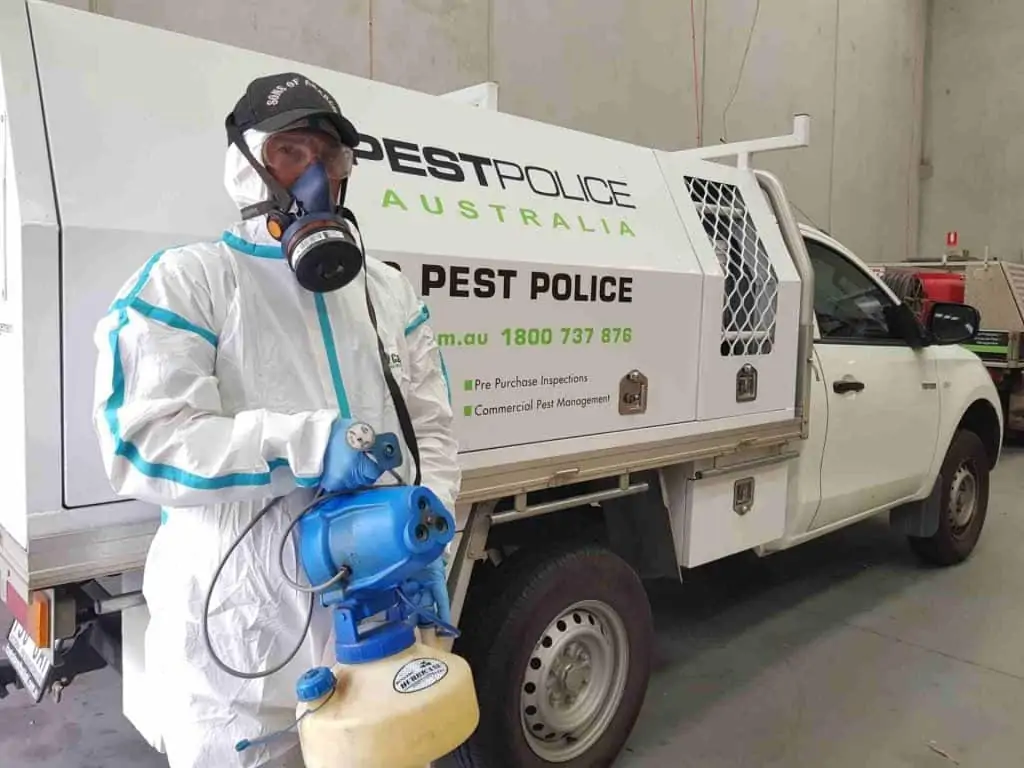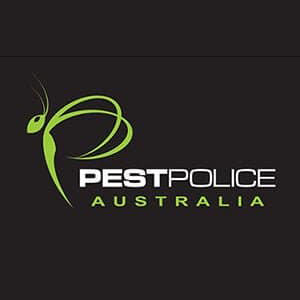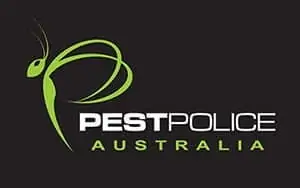Over 40,000 properties inspected
Environmentally friendly treatments
12-month warranty
Pest Inspections to Protect Your Investment
Regular property pest and termite inspections for Melbourne homes will give you peace of mind that you have done everything you can to protect your investment.
Keep your home in its best possible condition with a pest and inspection report from accredited, qualified and experienced inspectors at Pest Police. We complete a thorough and comprehensive assessment in accordance with the Australian Standard Timber Pest Inspections 4349.3 2010, for both the inside and outside of the property.
We recommend regular pest and termite inspections and annually if your property is in a location where termites have been found previously. If there are termite nests within 200 metres of your property, they can make tunnels underground, take up residence in your home, and go to work destroying timber and other building materials in a matter of months.
Dealing with a termite problem as early as possible will protect your financial investment. If we find termite activity and a termite treatment is necessary, we will deduct the cost of the initial inspection from the cost of the treatment.

Why do an Annual Inspection?
An annual termite inspection is essential for maintaining the structural integrity and value of a property. Termites are known as “silent destroyers” because they can cause extensive damage without being detected until it’s too late. Regular inspections help detect termite activity early, minimising costly repairs and preventing severe structural damage.
During these inspections, the professionals at Pest Police will assess vulnerable areas, such as foundations, timber structures, and moisture-prone locations, for signs of termites or conditions conducive to infestations.
Find Infestations Early
Annual inspections provide peace of mind by ensuring that the property remains pest-free or that any issues are addressed promptly. If you have trees nearby, then you may have termites nearby as well. Our experienced termite inspectors will alert you to any potential dangers around your property and test drill high-risk trees, if necessary, for a termite nest. A termite inspection will also help in preventing additional issues like mould or rotting timber, which can develop in areas affected by termite activity.
We’ll recommend treatment options immediately, and preventive measures if termites are found. An annual termite inspection is a proactive approach to protecting your property and long-term investment. Please enquire about our payment plans
Prevention is Much Less Costly than Cure
If your neighbour has had a termite problem, or you suspect you are in a termite-prone area, it is a must to obtain a pest inspection. The cost is small in comparison to the cost of repairs that your house may need if termites have caused damage to the structure. Home and building insurance does not cover repairs from termite damage.
An Annual Inspection includes:
A comprehensive inspection of your property, both internally and externally
Identification of pest activity and damage to the property including potential damage
Identification of areas of concern, safety issues and maintenance required
General advice on how you can prevent any future termite infestation
A comprehensive report with findings, recommendations and imagese
Risk assessment of your area
Same-day reporting where needed
A no-obligation, free quote for a preventive or remedial termite treatments
The cost of your inspection deducted from any full termite treatment
Same Day Pest Inspection Reports
Detailed and comprehensive reports are provided within a few days but same day inspection reports can also be provided if needed urgently. Our detailed inspection reports are carried out in accordance to Australian Standard Timber Pest Inspections 4349.3 2010.
We deliver comprehensive reports, with extensive warranties covering our work, and a compliance with all the relevant Australian Standards. We are fully licenced and accredited and hold Comprehensive Liability Insurance.
Frequently Asked Questions
Recent studies show that more than one in three houses will suffer termite damage at some stage. Without an inspection, termites can cause severe structural damage in concealed areas behind plaster, inside walls and cavities and may be undetectable until it’s too late. We can also bring other pest control issues to your attention at the time of inspection.
Termites only need a gap of 1.6mm in a concrete slab, around water or waste pipes through the slab to enter your home and attack structural timbers. Also, houses on a concrete slab are harder to treat for termites as internal drilling may be required through the slab.
Why choose Pest Police to eradicate pests from your home?
Pest Police has been trusted by thousands of happy clients in Melbourne for being on-time, effective and reliable. We’re a family-run business looking after family homes and properties. You’ll have direct contact with our expert technicians backed up by our warranties and 100% success rate. Comprehensive inspection reports are delivered according to Australian Standard Timber Pest Inspections 4349.3 2010 and same day reports are available on request.
Call our friendly team today to book your termite inspection
Our accredited and fully qualified pest inspectors are on standby to conduct a termite inspection at your property. With the latest in termite-detection technology, including thermal imaging and Termatrac, you’ll receive a comprehensive assessment and report about your property.
Book a pre-purchase inspection with the qualified experts at Pest Police for your investment and peace of mind.
call us now
